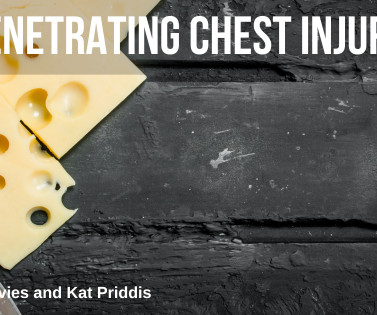CICM Second Part Exam Practice SAQs 22082024
Intensive Blog
AUGUST 21, 2024
Outline the initial assessment of severe burns injury, including how you will calculate fluid resuscitation requirements. Outline the key considerations for the early post-operative ICU care of a patient who had open surgery for Type A aortic dissection. Operative course? (50%) Oxygen saturation targets in critical care Q2.

















Let's personalize your content